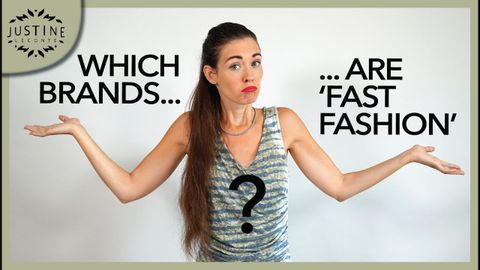
Subtitles & vocabulary
Which brands are "fast fashion"? How to tell (in 4 points)
00
ann1 posted on 2018/09/24Save
Video vocabulary
mindset
US /ˈmaɪndset/
・
UK /ˈmaɪndset/
- Noun
- Way someone things about something
- A mental attitude that determines how a person will interpret and respond to situations.
A1
More instance
US /ˈɪnstəns/
・
UK /'ɪnstəns/
- Noun (Countable/Uncountable)
- An example of something; case
- An occurrence of something.
- Transitive Verb
- To give as an example of something else
A2TOEIC
More evolve
US /ɪˈvɑlv/
・
UK /ɪ'vɒlv/
- Verb (Transitive/Intransitive)
- To develop certain features
- To develop or change slowly over time
B1
More Use Energy
Unlock All Vocabulary
Unlock pronunciation, explanations, and filters
